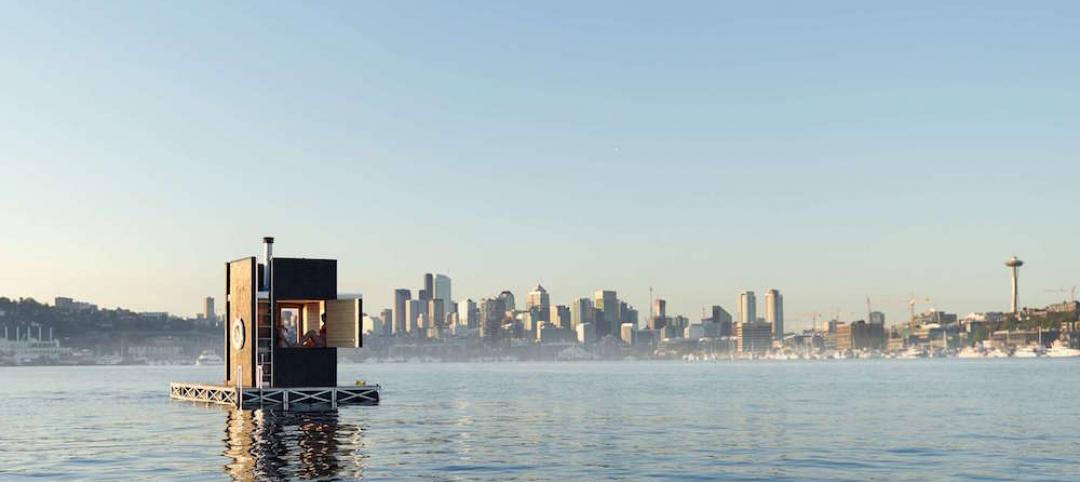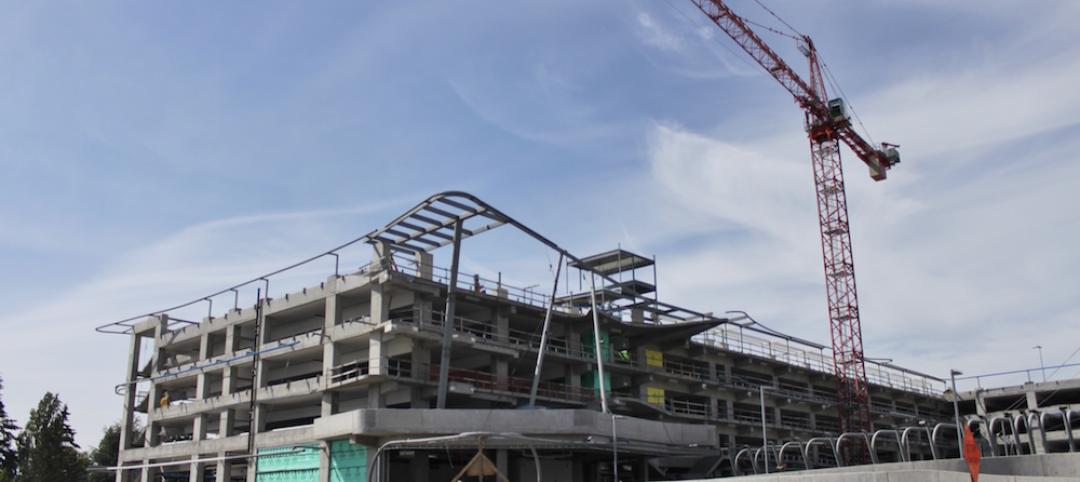A few weeks ago, I received a link to a Radware report warning about the “grave dangers” associated with robot networks that exploit Internet of Things devices as weapons of attack for launching ransomware and various other nasty disruptions against companies and individuals.
Around the same time, The Guardian posted on its website a 45-second video that shows SpotMini, a dog-like robot manufactured by Boston Dynamics, using a mechanical arm mounted on its back to open a door. That video went viral, with 8.3 million viewers in the first nine days who also saw the newspaper’s dire verdict that this machine advance is “terrifying.”
Technology has been and always will be perceived as a source for wonder and worry. As it becomes evermore essential to our daily functions, more than just the viewers of “Black Mirror” are concerned about tech’s encroachments.
This trepidation might explain why several of the technologists I’ve interviewed recently for stories about virtual reality and artificial intelligence in construction were at great pains to explain why technology can be disruptive in positive ways that shouldn’t threaten anyone’s psyche or livelihood.
“VR is neither good nor bad—it’s a tool,” states Jeremy Bailenson, a professor at Stanford University. In his new book, “Experience on Demand,” Bailenson acknowledges that there are “darker” sides to VR that can’t be ignored. But the best way to use it responsibly, he asserts, “is to be educated about what it is capable of.”
Alvise Simondetti, Arup’s Global Leader of Digital Environment, sees smart machines as “partners”—rather than adversaries—of humans. And he’s not buying into the fear that technology will inevitably dumb down creativity and render certain job titles obsolete.
Take last year’s launch of AutoDraw, the “doodle bot” developed by Google’s Creative Lab, which pairs machine learning with drawings from artists. AutoDraw gives a drawer the ability to replace a rough sketch with a more-refined drawing from that data library.
Some designers probably see AutoDraw as ominous. Simondetti views such “enhancements” as progress.
“Architects can only explore a narrow part of a design space solution. Machines can simply see a ton more,” says Simondetti. He adds that artificial intelligence will speed up the design process at a time when “the world can’t wait, not with the rate of urbanization.”
Such sanguinity might sound surprising coming from someone working in an industry usually characterized as tech phobic. But I get the sense that more AEC firms and their suppliers want to shake off that retrograde image and push their industry closer to the vanguard.
More AEC firms and their clients seem convinced that their readiness to at least coexist with—rather than quixotically resist—technology could decide who wins and who loses going forward.
Related Stories
Healthcare Facilities | Jul 1, 2016
AIA releases summary of the 2016 Design and Health Research Consortium
Consortium members discussed how architects, designers, and health professionals can best apply design and health research in their communities.
Architects | Jun 30, 2016
The year's best small projects include a floating sauna, dental trailer, and smocked porch
AIA chose the 2016 recipients of the Small Project Awards. Every entry cost less than $1.5 million to build, with one as low as $900.
Architects | Jun 29, 2016
AIA: Healthy demand for all building types signaled in Architecture Billings Index
Recent client interest could signal resurgence for institutional market. May's ABI score was the highest mark in nearly a year.
Architects | Jun 28, 2016
5 easy ways architects can increase their profits
Whitehorn Financial Managing Principal Steve Whitehorn offers effective ways to recoup lost revenue, including a few strategies that capitalize on recent changes to the federal tax code.
AEC Tech | Jun 27, 2016
If ‘only the paranoid survive,’ what does it take to thrive?
“Sooner or later, something fundamental in your business world will change.” The late Andrew Grove (1936-2016), Co-founder of tech giant Intel Corp., lived by these words.
Architects | Jun 15, 2016
Design Thinking makes its way into Yale School of Management
The school will introduce Design Observer co-founders Jessica Helfand and Michael Bierut as faculty.
Retail Centers | Jun 14, 2016
Zaha Hadid and Gensler among finalists for Sunset Strip billboard design competition
The concepts are curvy, sleek, and multidimensional, and feature sharp digital displays.
Movers+Shapers | Jun 14, 2016
VERTICAL INTEGRATOR: How Brooklyn’s Alloy LLC evolved from an architecture firm into a full-fledged development company
Led by an ambitious President and a CEO with deep pockets, Alloy LLC's six entities control the entire development process: real estate development, design, construction, brokerage, property management, and community development.
Office Buildings | Jun 14, 2016
Let's not forget introverts when it comes to workplace design
Recent design trends favor extroverts who enjoy collaboration. HDR's Lynn Mignola says that designers need to accommodate introverts, people who recharge with solitude, as well.
Building Team | Jun 13, 2016
BD+C launches Women in Design+Construction Conference
Inaugural 2.5-day event will convene 125+ leading AEC women in Dana Point, Calif., November 9-11, for professional development, networking, and career training.















